Projects Update 2 (July 2023)
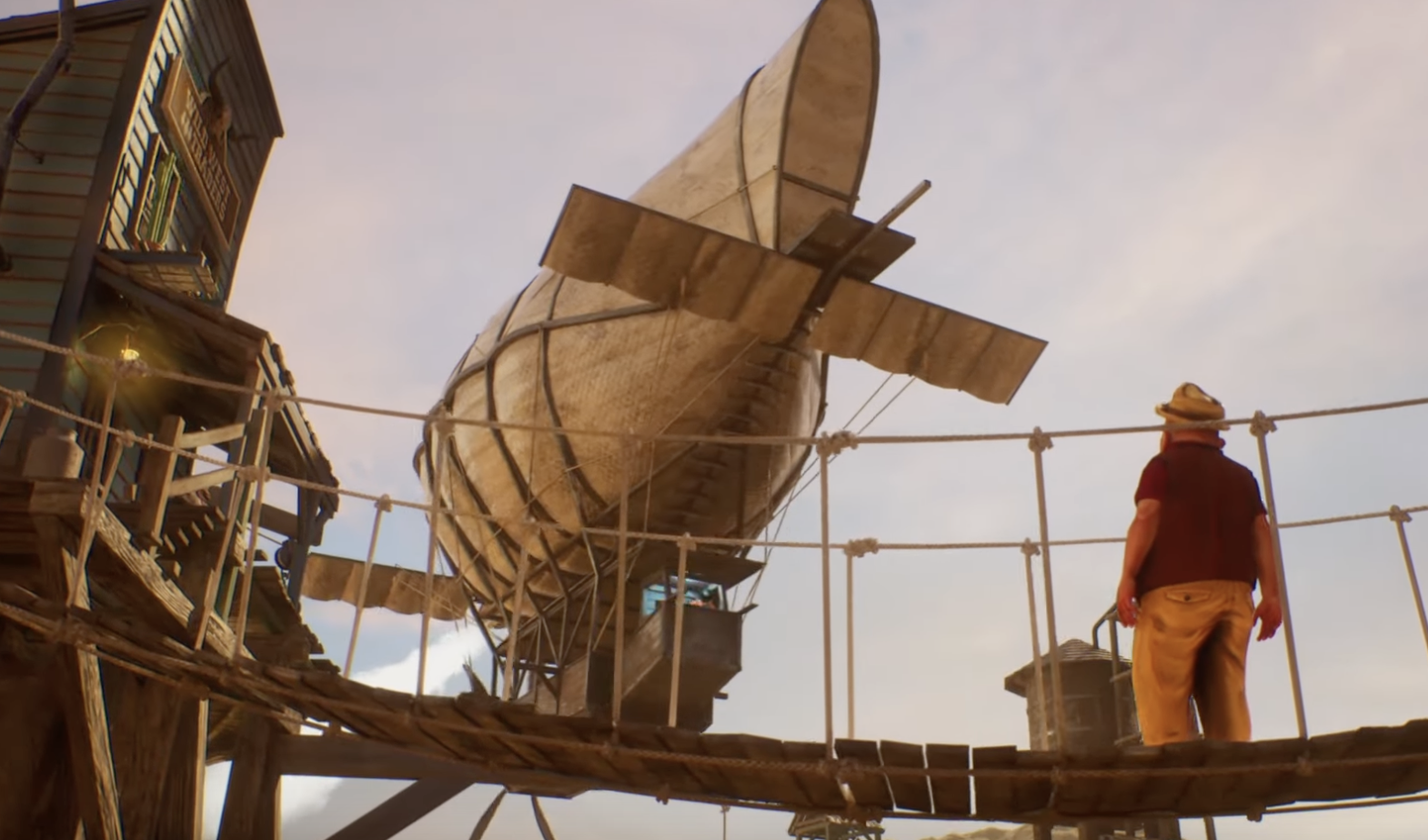
Our final post this month takes a look at more projects made in Unreal Engine. Once again, we are blown away by the incredible diversity of creative work made with this engine and the power it unleases among its ever growing community of users. It is not always cheap to do, but it can sometimes be free! Check these out.
Scaled Up
Planet Earth as an 80K digital recreation, designed for ‘orbital scenes and cinematic scenes of Earth, this model is available as a download in the Unreal Marketplace. It took creator Tuomas Hakala (aka MegaMammoth) two years to create and boy does it show. Its not a cheap asset to buy at £550+, but if this is something you want to include in high fidelity work, its surely worth it –
Leo Torres has re-created and upscaled vision of his beloved Skyrim Whiterun world. He has made some assumptions about what the world might scale to, stating that although its hard to tell just how big the population of the game might be, he is pretty sure it will exceed what was seen in the game! He’s used experience and fan facts to produce something that is ‘lore-scale’ – wonderful, even if its not playable –
Highlighted
Another Unreal short is DISTANCE by Machina Infinitum, a 3D fractal short made using a plugin the creator has built for UE5 called Essence. Their intention for using the tool is create realtime renders, typically for VR. Its on the Marketplace here at a very reasonable $40, and check out the video, released 17 Oct 2022, here –
Freedom!
We’ve been talking about no/low cost movie making since machinima.dot.one (1996 actually) so its great to see that mantra being picked up by others. In this case, Taiyaki Studios have made a short demo, called Airship DJ, in UE5 and another on how they made it. Check out the films here –
Film, released 21 July 2022 –
Explainer featuring Cory Williams, released 21 July 2022, here –

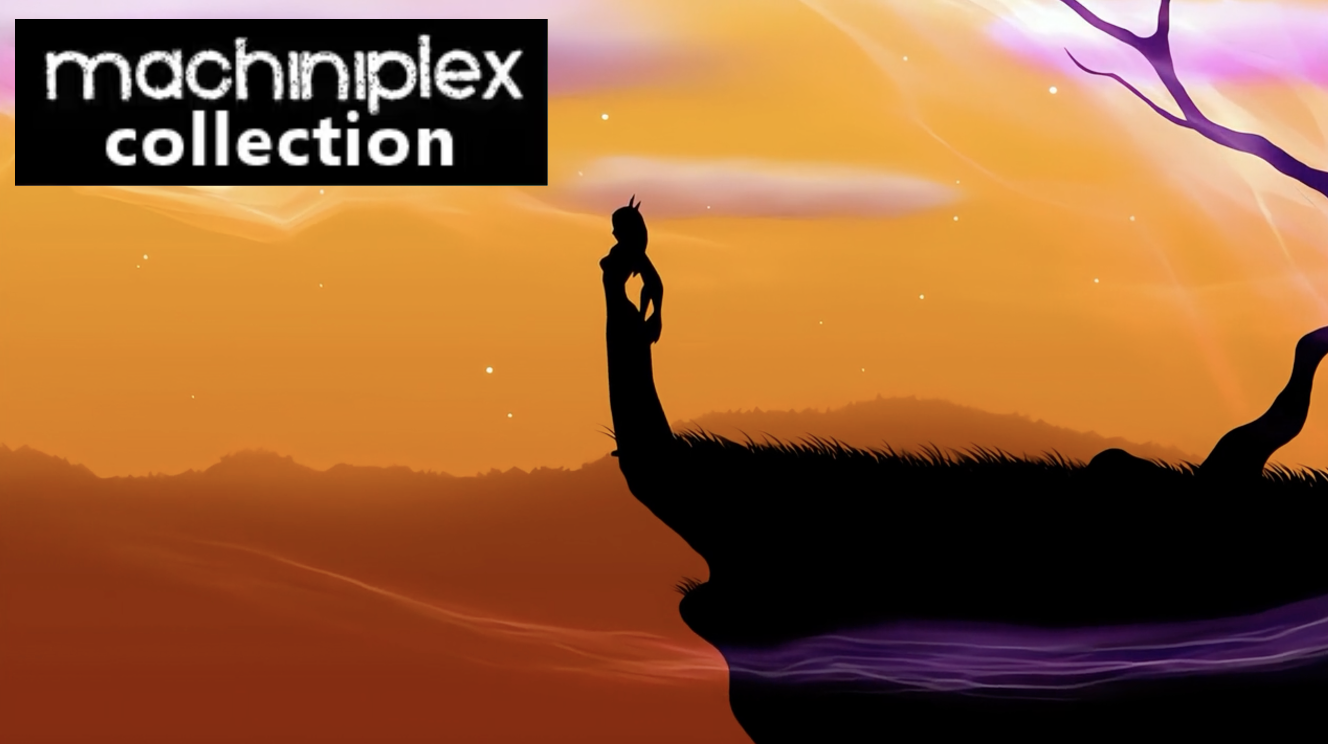
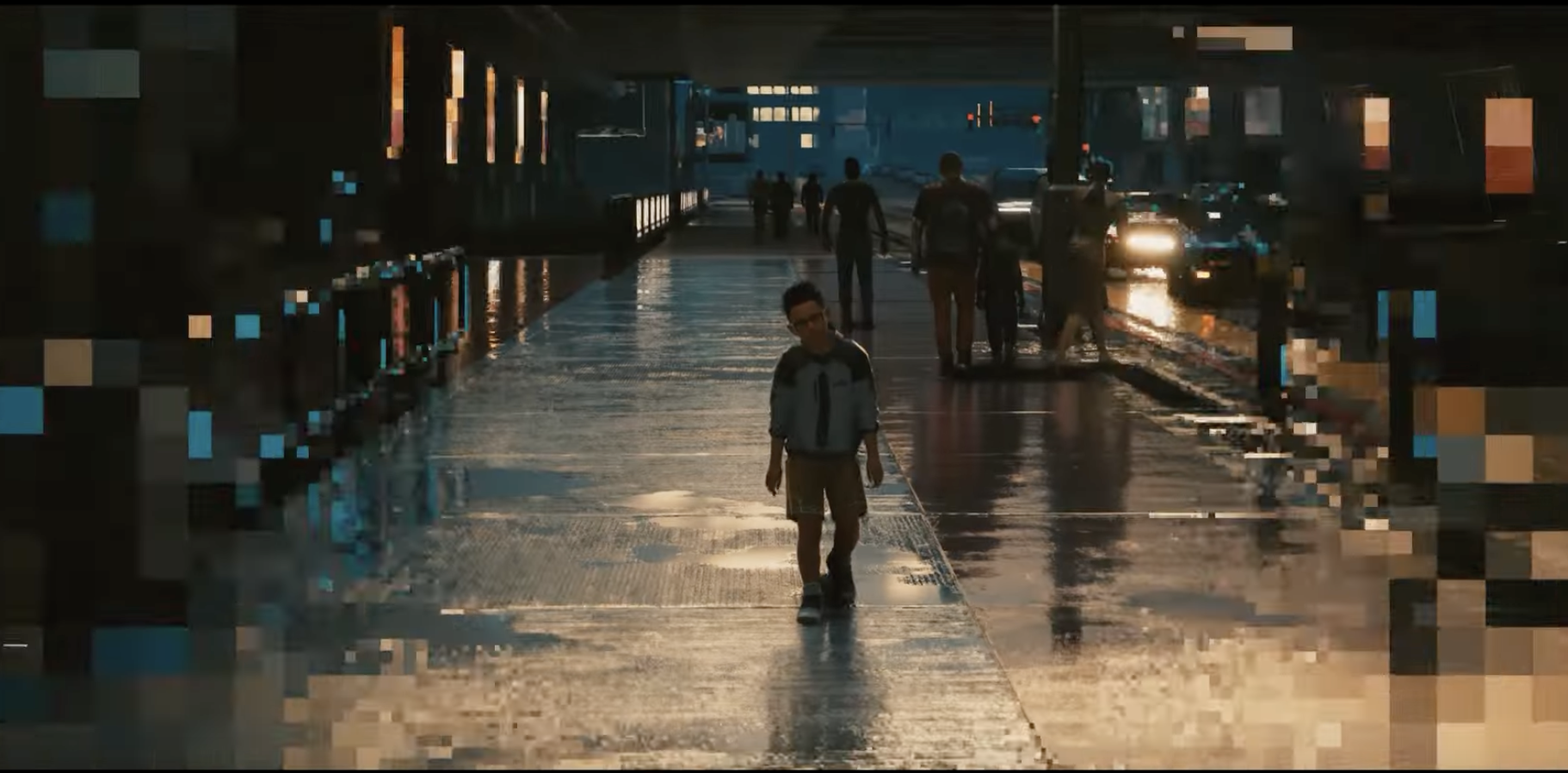


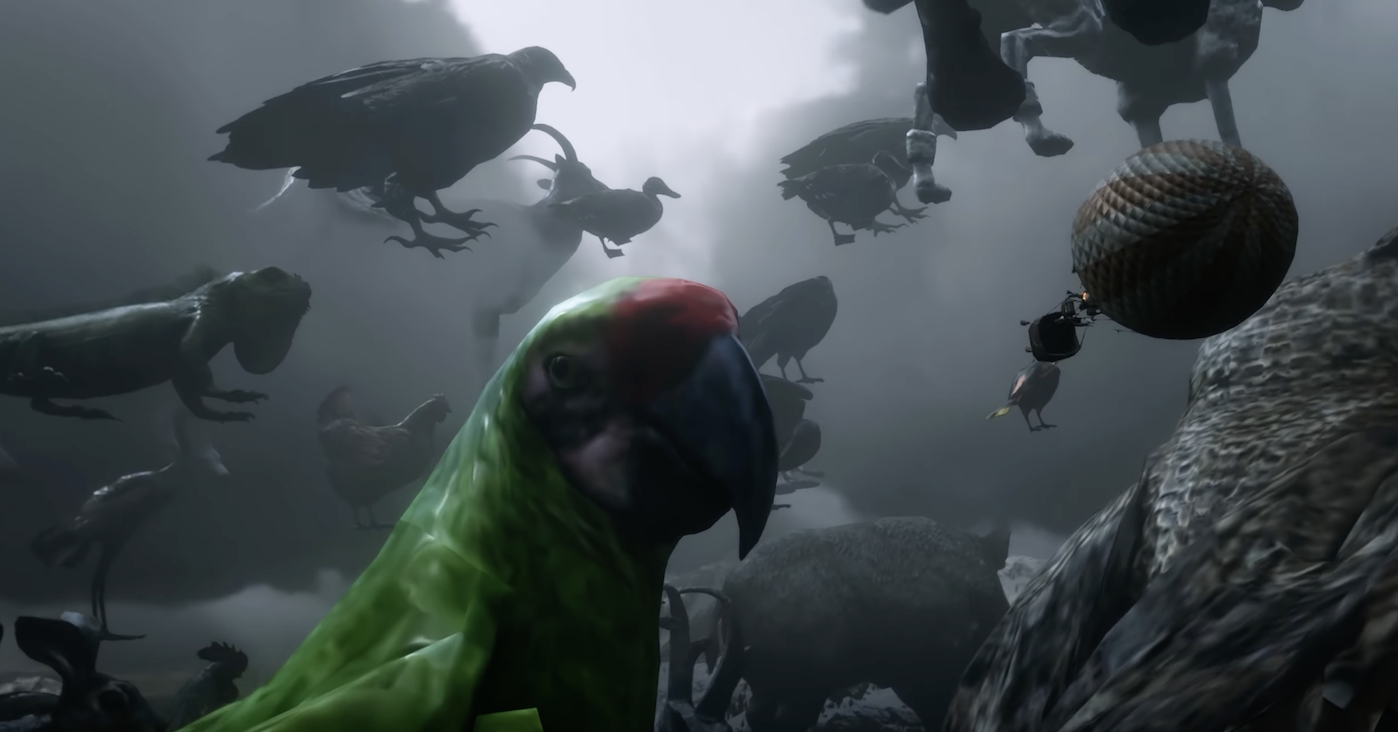

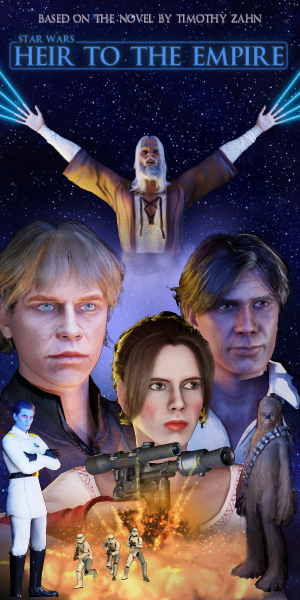

Recent Comments